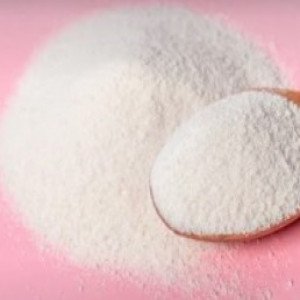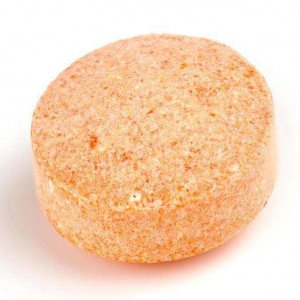 Welcome
Welcome
“May all be happy, may all be healed, may all be at peace and may no one ever suffer."
- A
- B
- C
- D
- E
- F
- G
- H
- I
- J
- K
- L
- M
- N
- O
- P
- Q
- R
- S
- T
- U
- V
- W
- X
- Y
- Z
Dermex 0.05%
Neocin (5mg + 500IU) /...
Betaderm N 0.1% + 0.5%
Retocain
Xderm 0.05%
Neogen Plus (3.5mg + 400IU...
Aclobet-N (0.5mg + 5mg +...
Clozema 0.05%
Polytetra 3% + 0.013%
Betol 0.05% + 0.005%
Topiclo 0.05%
Dermin 6% + 3%
Neocin Plus (3.5mg + 400IU...
Ointment - Brands
An ointment is a semi-solid substance that is applied topically to the skin or mucous membranes for therapeutic or protective purposes. Ointments typically consist of a base or vehicle that is combined with one or more active ingredients, such as medications, vitamins, or herbal extracts.
Ointments have a greasy or oily texture that allows them to adhere to the skin and form a protective barrier. This barrier helps to prevent moisture loss from the skin and can also help to keep harmful substances from entering the skin.
Ointments are commonly used to treat a variety of skin conditions, such as eczema, psoriasis, and dry skin. They can also be used to treat minor cuts, burns, and scrapes, as well as to relieve pain and inflammation associated with arthritis and other musculoskeletal conditions.
Ointments are usually applied directly to the affected area and massaged into the skin until fully absorbed. They are generally safe and effective when used as directed, but it is important to follow the instructions carefully and to contact a healthcare provider if there are any concerns or side effects.
How to use Ointment?
Here are some general guidelines on how to use an ointment:
- Wash your hands: Before using the ointment, wash your hands thoroughly with soap and water.
- Prepare the area: Clean and dry the area where the ointment will be applied.
- Squeeze the ointment: Squeeze a small amount of the ointment onto your finger or onto a clean, dry applicator.
- Apply the ointment: Gently rub the ointment onto the affected area in a thin, even layer. If you're using the ointment on a wound, make sure to cover the entire wound with the ointment.
- Wash your hands again: After applying the ointment, wash your hands thoroughly with soap and water.
- Recap the tube: If the ointment comes in a tube, make sure to replace the cap tightly.
It's important to follow the instructions provided by your healthcare provider and the manufacturer of the ointment. If you have any questions or concerns about how to use an ointment, speak with your healthcare provider or pharmacist. Also, be sure to follow the recommended dosing and frequency for the ointment to ensure safe and effective use.

Tablet (SR)

LC Soap

Powder

LA Injection

Muscle Rub

Dental Gel

OD Tablet

N/A
Ointment, How to use Ointment, মলম
To be happy, beautiful, healthy, wealthy, hale and long-lived stay with DM3S.